7 Wonders of the World
Seven Wonders of the World List:
Here is the list of the official 7 Wonders of the World. You can see the whole list, scroll through the whole page, or click on a specific wonder to navigate directly there:
Giza Pyramids
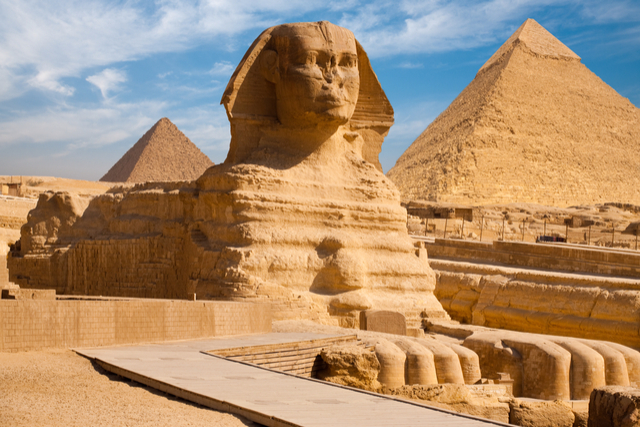
The Giza Pyramids is the only remaining wonder from the 7 Wonders of the World list originally created by Antipater of Sidon. Located about 5 miles (9 km) west of the Nile River near the town of Giza, it is the oldest of the wonders.
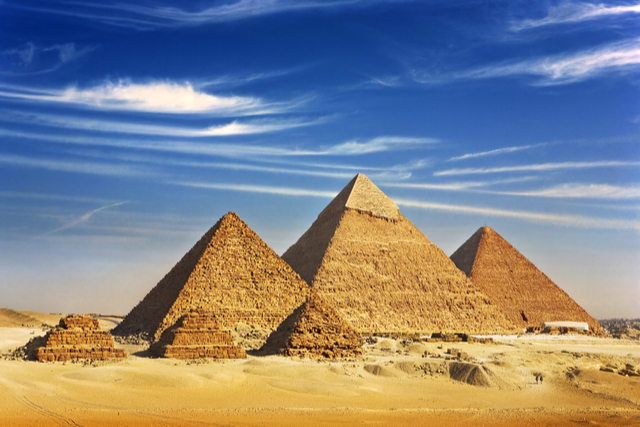
The Giza Pyramids consist of three large pyramid complexes, the largest called the Great Pyramid of Giza, the Great Sphinx, and a collection of cemeteries.
The Great Pyramid of Giza, also referred to as the Pyramid of Cheops or Khufu, was built between the years 2560-2540 BC. The pyramids were constructed to serve as the resting place for the deceased Pharaohs.
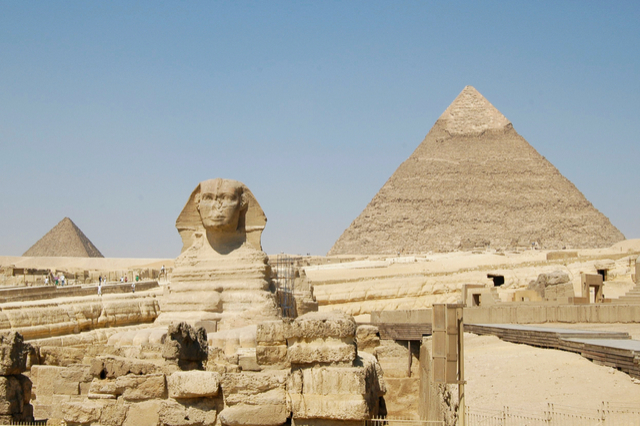
The bodies of the Pharaohs were store there along with items believe essential for activities during the afterlife.
Angkor Wat
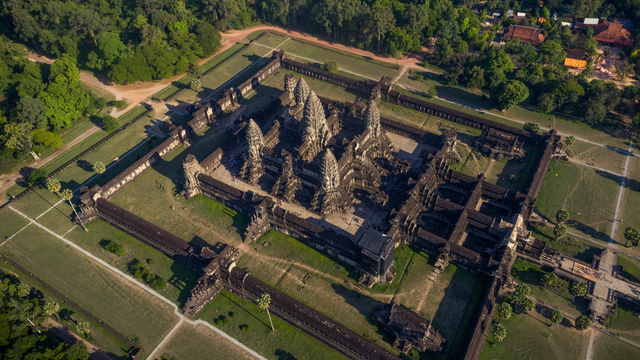
Angkor Wat is the largest religious monument in the world. The temple complex is located in Cambodia and extends across 402 acres (162.6 ha). Construction took place during the first half of the 12th century under the direction of Indra who wanted a palace for his son.
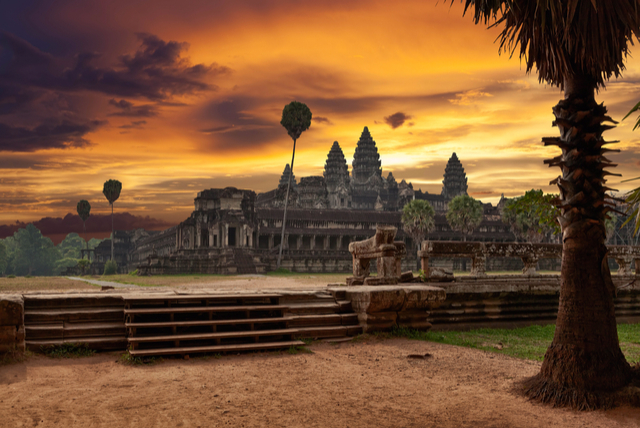
The originally Hindu built temple is comprised of the outer wall 3,360 feet (1,024 m) by 2, 631 feet (802 m), and 15 feet (4.5 m) high. It is surrounded by a moat 620 feet (190 m) wide. The outer gallery stands 614 feet (187 m) by 705 feet (215 m) featuring pavilions versus towers located at each corner.
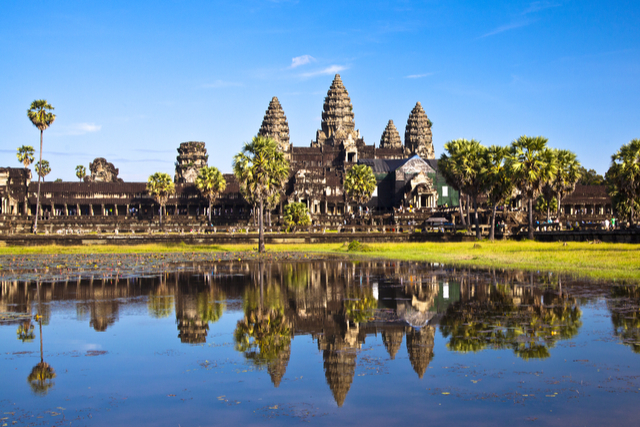
The tower that is over the central shrine extends 141 feet (43 m) reaching a height of 213 feet (65 m) above the ground. The central tower is raised higher than the surrounding four towers. The name Angkor Wat translates, “Temple City,” or “City of Temples.”
Macchu Picchu
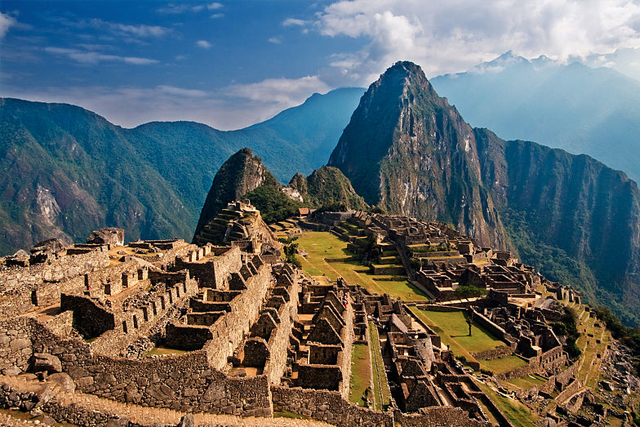
Macchu Picchu is a Peruvian treasure found within the Cusco Region. It was an Inca citadel constructed during the 15th century. It sits atop a mountain range at 7,970 feet (2,430 m) above sea level.
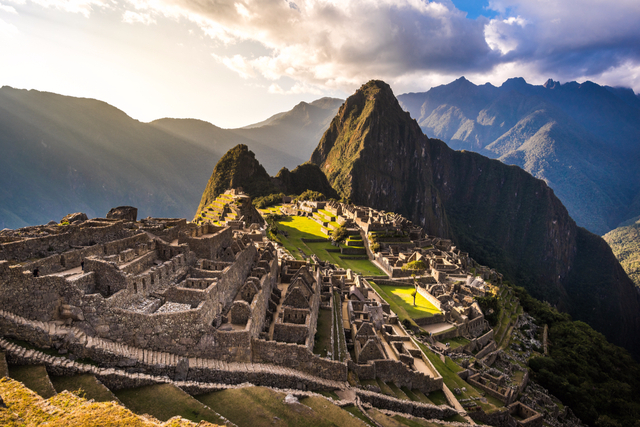
From the Quechua language, the name Macchu Picchu means “old peak.” Constructed between 1450 and 1460, Macchu Picchu was only inhabited for about 80 years before being abandoned due to the Spanish Conquest.
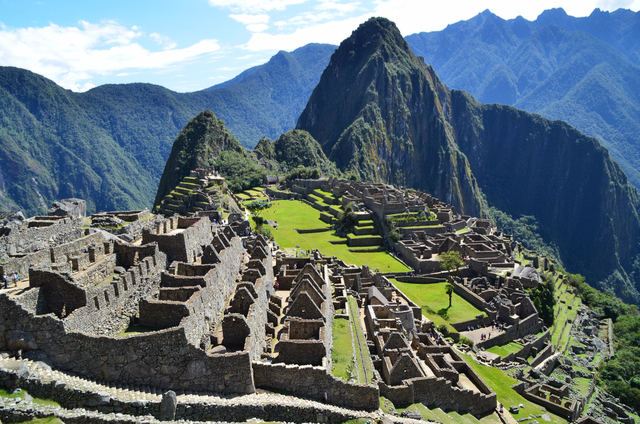
Macchu Picchu is comprised of an urban section, an agricultural section, an upper town area, and a lower town area. The temples were located in the upper town whereas the warehouses were in the lower town area.
There are approximately 200 buildings that housed approximately 750 people who were mostly there to support the royal family.
Great Wall of China
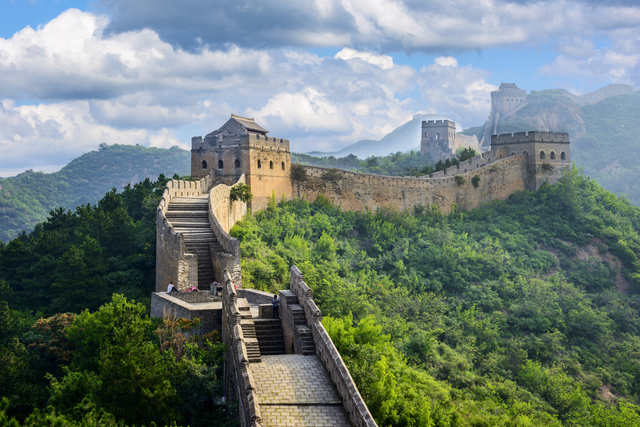
The Great Wall of China is one of the most impressive architectural structures throughout history. The Great Wall extends from Lop Lake to Dandong in the east. The Ming walls stretched across a total of 5,500 miles (8,850 km).
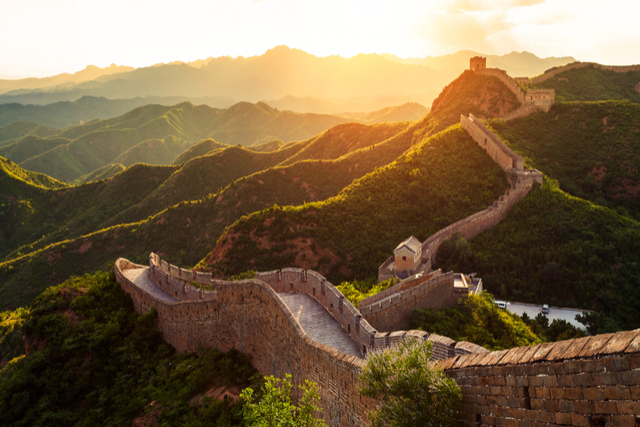
It is comprised of 3,889 miles (6,259 km) of actual wall, 223 miles ( 359 km) of trenches, and 1,387 miles (2,232 km) of natural barriers that included things like rivers or troublesome hills. The Great Wall is made up of stone, brick, tampered earth, wood, and related materials.

Different walls were built or updated throughout the various emperors, but history shows that construction began as early as the 7th century BC. The majority of the wall that exists today comes from the Ming Dynasty between the years 1368-1644.
Roman Colosseum
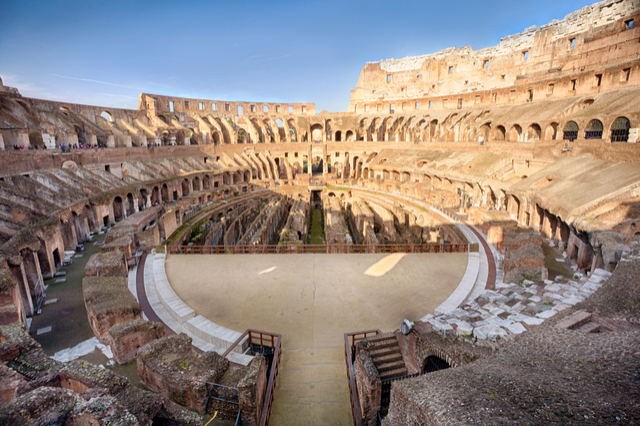
The Roman Colosseum, originally named Flavian Amphitheatre, is the world’s largest amphitheater ever built. Completed in 80 AD, it is constructed out of travertine, tuff, and brick-faced concrete.
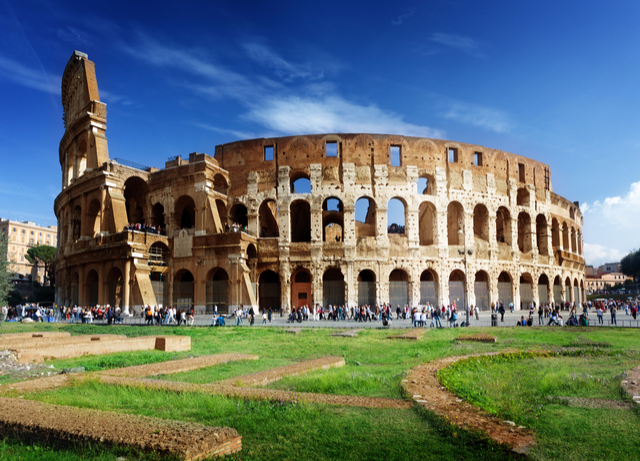
The average audience was approximately 65,000 but capacity ranged from 50,000 to 80,000 spectators. It was used for contests among the gladiators, and unfortunately, around 9,000 animals were killed during the inaugural games.

The Roman Colosseum is an elliptical building constructed 615 feet (189 m) long and 510 feet (156 m) wide. The base encompasses 6 acres (24,000 sq m). The outer wall reaches a height of 157 feet (48 m). The central arena is 287 feet (87 m) long and 180 feet (55 m) wide. The outer wall is believed to have needed 3,531,467 cubic feet (100,000 cu m) of travertine stone.
Taj Mahal
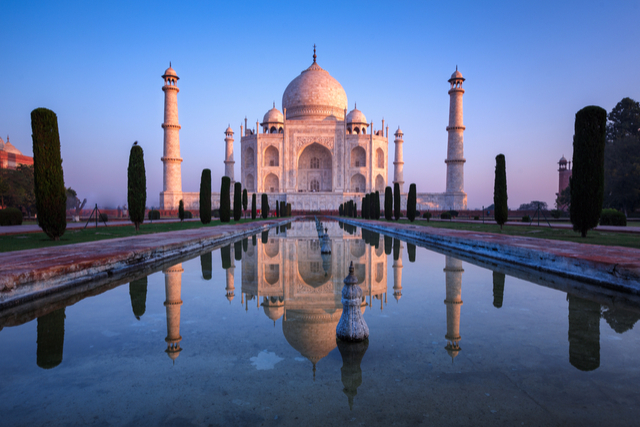
The Taj Mahal is a mausoleum constructed out of ivory-white marble. The name translates, “Crown of the Palace.” The Taj Mahal is located on the Yamuna River near Agra, India.
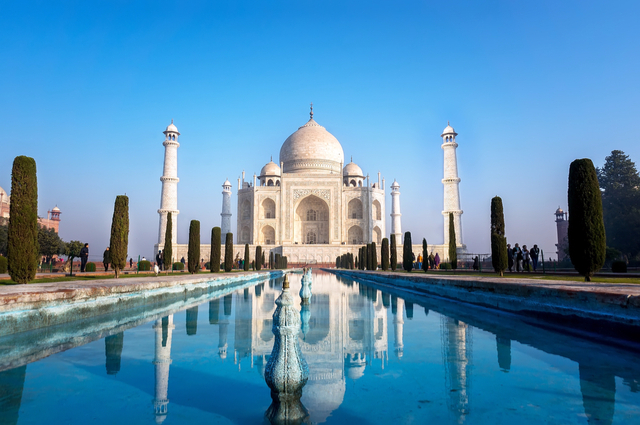
Mughal Emperor Shah Jahan commissioned the mausoleum in 1632 to serve as the tomb for his favorite wife, Mumtaz Mahal. Her tomb is the crowning centerpiece of the 42-acre (17 ha) complex. The complex is comprised of a mosque and a guest house all encompassed by a garden.
The base of the mausoleum is a multi-chambered cube with chamfered corners. Although not symmetrical, the 8-sided structure is 180 feet (55 m) on the four long sides. The marble dome is the crowning feature measuring 115 feet (35 m) high.

Each corner features a minaret that stands 130 feet (40 m) tall. The entire structure reflects the designers leaning towards symmetry. Between 7 and 8 million people visit the Taj Mahal every year.
Disney
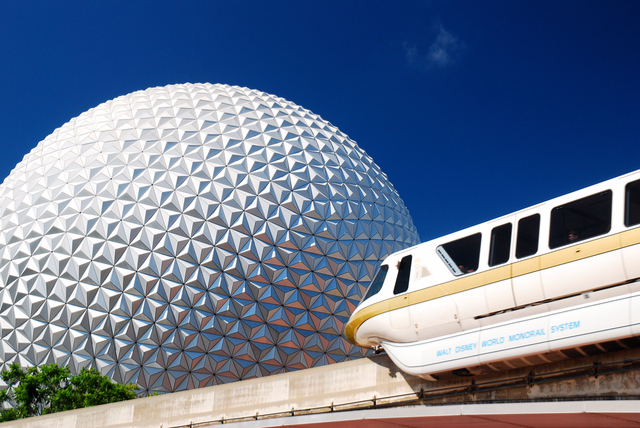
To say that Disney, officially known as the Walt Disney Company, is a diversified multinational mass media and entertainment conglomerate is an understatement. Disney is the epitome of imagination, creativity, hopes and dreams.
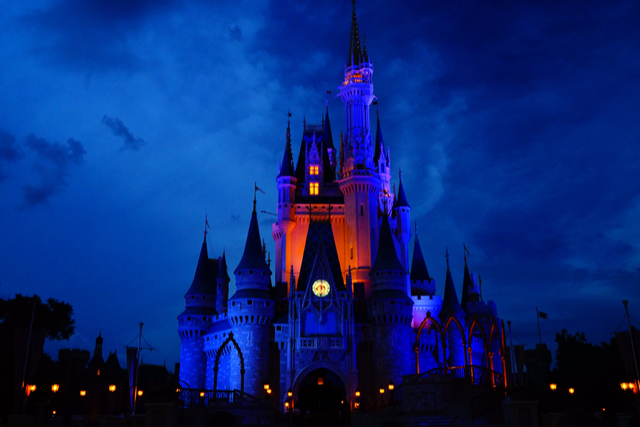
The various Disney theme parks account for 30% of the top 20 destinations visited around the world. The Mickey Mouse ears is one of the most recognized icons around the world. The success of imagination and dreaming through Walt Disney World inspired the creation of a Disney theme park in Europe and three Disney theme parks in Asia.
Disney dreaming and imagination occurs through the 11 theme parks around the world, Disney animated and family friendly movies, the Disney channel, Disney Vacation Club, and Disney Cruises. At 52 billion, Disney is the most licensed merchandise globally and eclipses number 2 by more than double.

Disney is possibly the most influential cultural phenomenon in the world creating new dreams for princesses and heroes every year. Walt Disney World really is the “Happiest Place on Earth.”